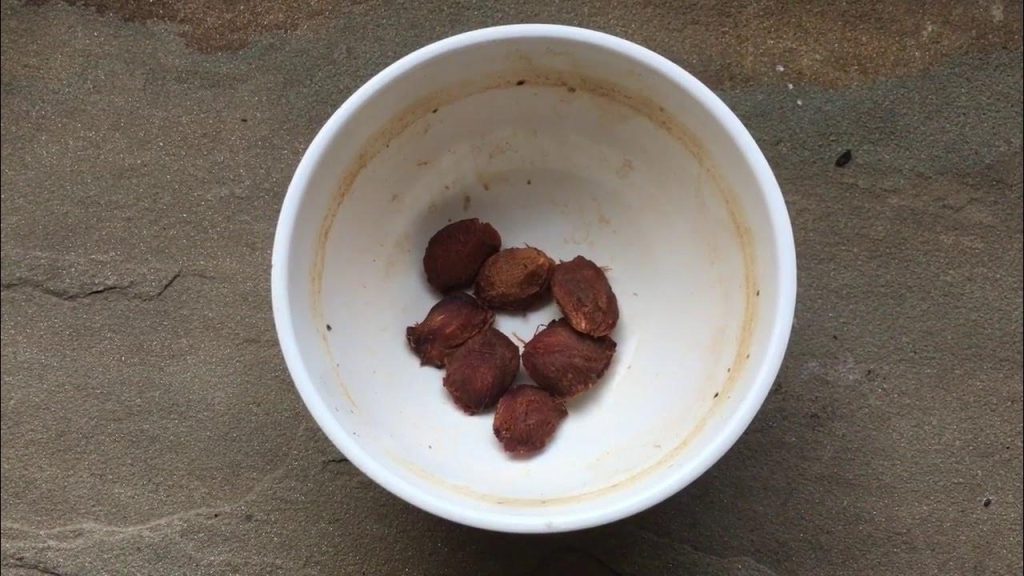How To Plant A Plum Seed

Growing a plum tree from seed is an exciting way to cultivate your own fruit-bearing tree. While it takes patience, as plum trees grown from seed can take several years to bear fruit, the process is straightforward. By properly preparing and planting the seed, you can increase the chances of successful germination and healthy growth. Here is how to plant a plum seed.
Preparing the Plum Seed
Before planting, you need to extract and clean the seed from a ripe plum.
- Choose a Fresh Plum – Select a ripe, healthy plum from a local market or tree. The fresher the fruit, the better the seed’s viability.
- Remove and Clean the Pit – Eat or remove the fruit pulp, then rinse the pit under running water to remove any remaining flesh.
- Dry the Pit – Place the cleaned pit in a cool, dry area for a few days to allow it to dry completely.
- Crack the Pit (Optional) – You can plant the whole pit, but to speed up germination, carefully crack it open with a nutcracker or hammer to access the inner seed without damaging it.
Germinating the Plum Seed
Plum seeds need a period of cold stratification, meaning they require exposure to cold conditions before they can sprout.
- Refrigeration Method:
- Wrap the seed in a damp paper towel or peat moss.
- Place it inside a plastic bag or airtight container.
- Store it in the refrigerator at 1–5°C (33–41°F) for about 6 to 10 weeks.
- Check regularly to ensure the paper towel remains moist. Once the seed sprouts, it is ready for planting.
- Outdoor Winter Sowing Method:
- If planting in the fall, bury the pit about 3–4 inches deep in loose, well-draining soil.
- The natural winter chill will stratify the seed, allowing it to germinate in the spring.
Planting the Plum Seed
- Choosing a Location – Select a spot with full sunlight and well-draining soil. If planting in a container, use a pot at least 12 inches deep.
- Soil Preparation – Use rich, well-draining soil with organic compost to improve nutrient content.
- Planting Depth – Place the sprouted seed or pit about 2 inches deep in the soil and cover it lightly.
Caring for the Seedling
- Watering – Keep the soil moist but not waterlogged. Water regularly, especially during dry periods.
- Sunlight – Ensure the seedling gets at least 6 to 8 hours of direct sunlight per day.
- Temperature – If growing in colder climates, protect young seedlings from frost with mulch or by moving potted plants indoors.
Transplanting and Growth
Once the seedling reaches about 12 inches in height, it can be transplanted to a larger container or a permanent outdoor location. Choose a spot with enough space for the tree to grow, as mature plum trees can spread widely.
Long-Term Care
- Fertilizing – Use a balanced fertilizer every few months to promote healthy growth.
- Pruning – Trim weak or overcrowded branches to encourage strong development.
- Pest and Disease Protection – Monitor for pests like aphids and fungal diseases, treating them with organic solutions when needed.
Also Read: How To Plant A Litchi Tree
